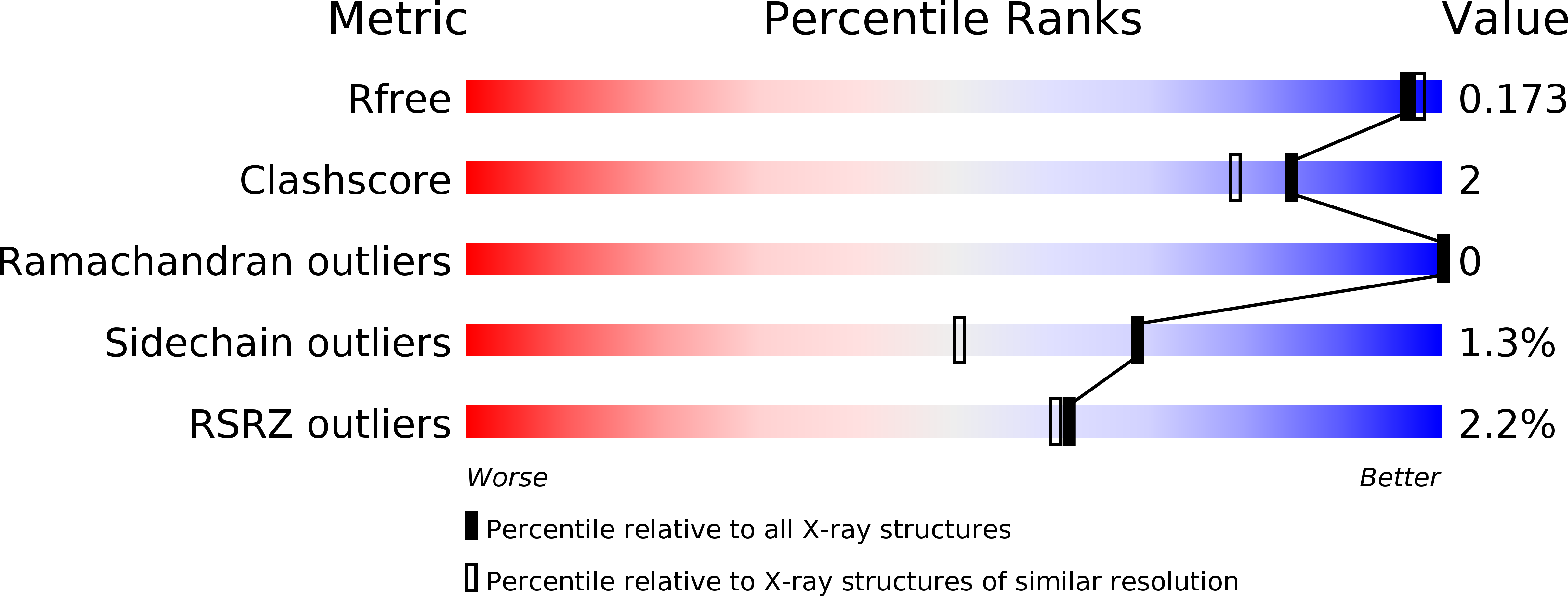
Deposition Date
2009-07-01
Release Date
2010-07-14
Last Version Date
2023-11-01
Entry Detail
PDB ID:
3A4A
Keywords:
Title:
Crystal structure of isomaltase from Saccharomyces cerevisiae
Biological Source:
Source Organism:
Saccharomyces cerevisiae (Taxon ID: 4932)
Host Organism:
Method Details:
Experimental Method:
Resolution:
1.60 Å
R-Value Free:
0.17
R-Value Work:
0.15
R-Value Observed:
0.15
Space Group:
C 1 2 1


